In Peterborough, Ontario, the Canadian Canoe Museum is moving from a former factory to a new home on the water
It’s not like any other portage.
The Canadian Canoe Museum is moving hundreds of canoes, some of which are as long as a trailer, from their old home in an old outboard motor factory in Peterborough, Ont., to a new home on the water three kilometers away.
The museum has the largest collection of paddled watercraft in the world. It has everything from birchbark canoes made by Native Americans to a sleek kayak used in the Olympics.
For the past 26 years, the museum’s building has been so small that only a small part of the collection could be shown to the public. That left about 500 canoes sitting in a nearby warehouse, where they were covered with sheets to keep birds from flying in through the broken windows.
The museum’s executive director, Carolyn Hyslop, says that the collection needs a new place to live.
“There is no other collection like this anywhere in the world,” Hyslop said in an interview.
“We’ve been trying to find a place for this collection by the water where the whole thing can be seen.”
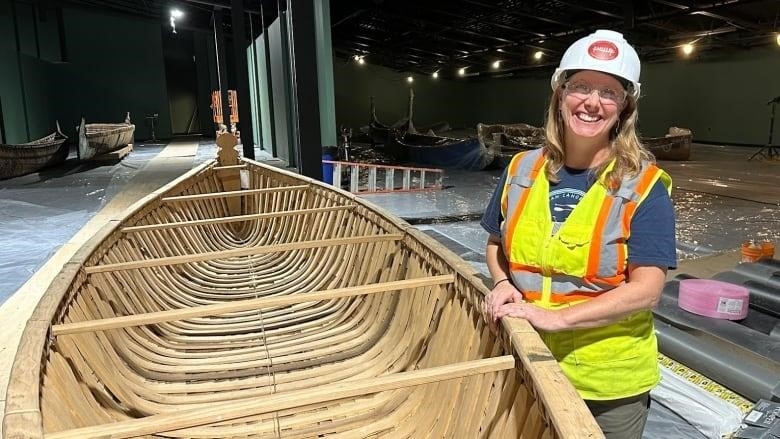
That new house is being built near where the canal locks of the Trent-Severn Waterway meet the Otonabee River, on the edge of Little Lake.
Hyslop says it would be a much better place for a canoe museum than the landlocked old factory site. It will let the museum give people the chance to not only look at boats but also use some of them on the water.
“They’ll be able to canoe right out of the back door of the new museum,” Hyslop said.
The museum is using some of its collection to make a programming fleet so that people can “experience what it’s like to paddle a birchbark canoe or a wood-canvas canoe.”
Jeremy Ward, the curator of the museum, says that moving the 600 canoes to the new location, which is currently a construction site, is complicated and “a lot of work.”
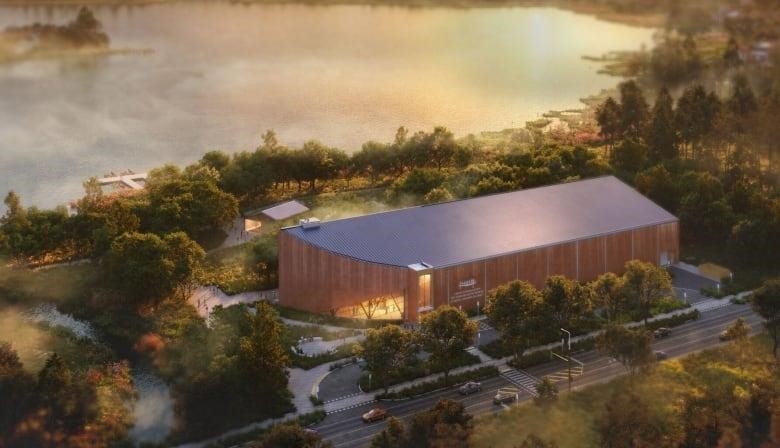
“We’ve been getting ready to bring the canoes and kayaks here for a few years,” Ward said during an interview in the new site’s second-floor exhibition hall.
“Every object has been carefully inspected, photographed, cleaned, and catalogued.”
Staff have moved more than 100 canoes and kayaks in the last two weeks. Most were pulled by carriers that were built just for them. They were hung on straps and tied down with ropes.
The largest canoes in the collection, like Kokomis Tchiman, an eight-meter-long birchbark canoe made by Marcel Labelle, a Métis elder from Mattawa, Ont., are the hardest to move.
This week, a crane operator lifted Kokomis Tchiman into the exhibition hall, where it will be shown with a video of Labelle telling the canoe’s story.
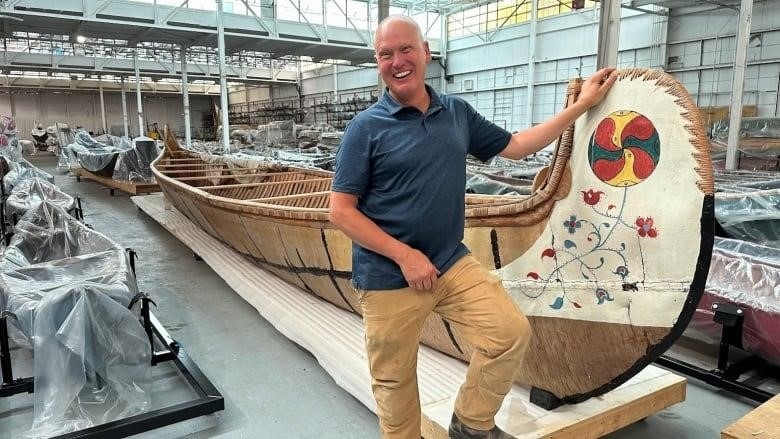
“From my point of view, Birchbark canoes are one of the most amazing pieces of engineering,” Ward said.
Blue Bird is a 16-meter-long wooden racing canoe that the crew hasn’t been able to move yet. This is about the same length as the flatbed of an 18-wheeler truck. Ward says that getting it through the streets of Peterborough, especially around corners, will be the hardest part.
Some of the museum’s most important pieces that have already been moved to the new location:
- Adam van Koeverden used this kayak to win gold in the K-1 500 meters at the 2004 Olympic Games in Athens.
- Gordon Lightfoot, who has since died, gave away an Old Town canoe. In 1980, the singer-songwriter was paddling it on the South Nahanni River in the Northwest Territories when it got caught on a rock. Lightfoot and his paddling partners were able to free it, and the story was later made famous in the song My Canary Yellow Canoe.
- Victor Adams made this Haida dugout canoe in Masset, B.C. It took three years to build and was made from a single cedar log. It was finished in 1971, which marked a return to the canoe-building tradition on Haida Gwaii.
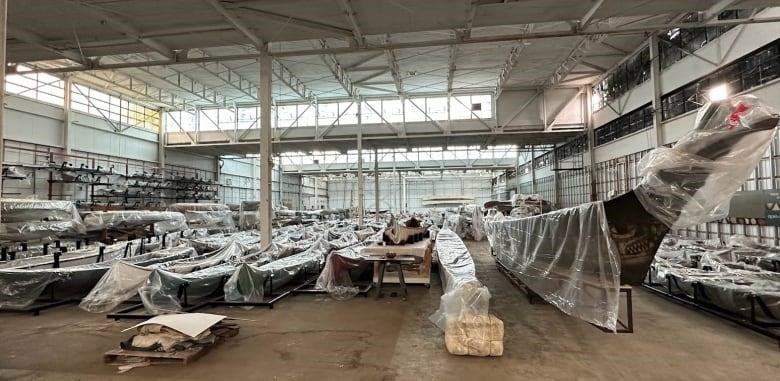
“The most dangerous time for things is when they’re being moved,” said Ward. “We’ve decided to move every single thing we’re in charge of in just a few months.”
“There has been a lot of thought, care, and thought put into the project, and great people have been brought in to help us do that.”
Canoes from other countries, like Papua New Guinea, Fiji, and Hawaii, are part of the collection. Some of these canoes were not shown at the old location because space was limited and the museum focused on Canadian items.
Hyslop said, “Having the international collection on display at the new museum is a great way to show how the canoe fits into a bigger picture.”
The shape of the new building is based on a canoe: it is long and thin, with a curved front and a weathered steel exterior. The two-story atrium, which will be the entrance to the museum and a place for special events, has exposed wood beams and a wood ceiling on the inside.
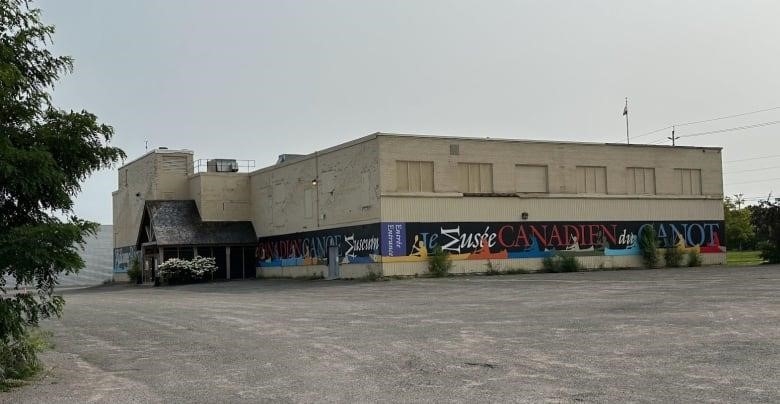
The new site will cost $40 million, and $38 million has already been raised. The campaign is called “The Final Portage,” which is a metaphor for the museum’s move of its collection and its efforts to raise money to reach its goal.
Ward said that the move itself “feels a lot like a portage.”
He said, “It’s been a long journey for us.”
“If you’ve done a portage, you know how that feels. It’s not always just being tired. Sometimes it’s the pain of the crossbar, the thwart, and everything else pressing into your bones. But then you catch a glimpse of the light peeking through the trees.”
The museum hopes to open in its new home in the spring of 2024.
